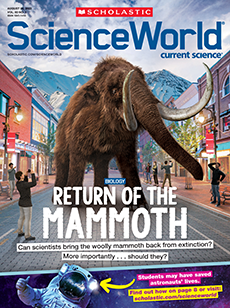Inside a shoe store, a rainbow of colorful sneakers line the walls. There’s everything from brightyellow- and-purple trainers to old-school white tennis shoes. You’re scanning the rows when suddenly your eyes land on a pair of lime-green high-tops with black details. These shoes seem to say: “I’m the perfect pair for you.” And that’s not far from the truth. Companies spend a lot of time considering how colors might connect with customers.
Inside a shoe store, a rainbow of sneakers lines the walls. They’re every color, from bright-yellow-and-purple trainers to old-school white tennis shoes. You scan the rows. Suddenly you spot a pair of lime-green high-tops with black details. These shoes seem to say: “I’m the perfect pair for you.” And that’s not far from the truth. Companies spend a lot of time thinking about the question: How might colors connect with customers?

